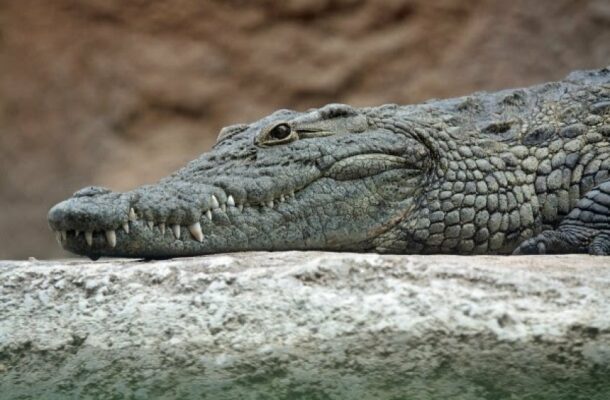Discover the captivating story of the recently unearthed ancient crocodile, dating back 110 million years. Unravel the mysteries surrounding this colossal creature's existence and its significant implications for our understanding of prehistoric life.
Introduction
In the annals of paleontological discoveries, the unearthing of an ancient crocodile fossil in Gadoufaoua, Nigeria, has sent ripples of excitement through the scientific community. With origins dating back 110 million years, this colossal reptile has rekindled our fascination with the mysteries of the prehistoric world. Join us as we delve into the remarkable tale of this ancient behemoth, uncovering the details that hint at the awe-inspiring nature of life on Earth millions of years ago.
The Enigmatic Crocodile: A Glimpse into Prehistoric Wonders
The recent discovery of the colossal crocodile, dating back to the early Cretaceous period, has opened a portal to an era long lost to the annals of time. Resurrecting the image of this 12-meter-long reptile, the fossilized remains stand as a testament to the formidable presence it once commanded in the ancient landscape. As scientists meticulously examine the preserved fragments, they aim to unravel the secrets of its existence and the ecological dynamics of its era.
A Window to Prehistoric Ecosystems: Insights from the Fossilized Remains
While specific details about the ancient crocodile's life remain elusive, its colossal size and estimated weight of approximately 8 tons offer a glimpse into the diversity of life forms that thrived during the early Cretaceous period. As scientists carefully analyze the fossilized remains, they hope to gain insights into the ancient ecosystem, shedding light on the intricate relationships between this ancient reptile and its environment. These findings could provide crucial clues about the evolutionary trajectory of prehistoric species and the environmental conditions that shaped their existence.
Unraveling the Mysteries: Challenges in Paleontological Research
Despite the initial excitement surrounding the discovery, the lack of comprehensive details about the crocodile's physical characteristics and behavior poses a significant challenge for paleontologists. Interpreting the fossilized remnants necessitates a meticulous approach, involving a combination of cutting-edge scientific techniques and in-depth analysis to reconstruct the ancient creature's appearance, habits, and ecological role. As the scientific community embarks on a journey of exploration and discovery, each finding brings us one step closer to unraveling the enigmatic mysteries of the prehistoric world.
Preserving the Legacy of Ancient Wonders: Implications for Future Discoveries
The significance of this remarkable discovery extends beyond the realms of scientific exploration, highlighting the importance of preserving and protecting our planet's rich paleontological heritage. As researchers continue to uncover remnants of ancient life forms, the need for robust conservation efforts and ethical excavation practices becomes increasingly paramount. By safeguarding these invaluable relics of the past, we pave the way for future generations to delve deeper into the intricate tapestry of Earth's history, fostering a deeper understanding of our planet's evolution and the remarkable diversity of life that has graced its surface over millions of years.


Comments